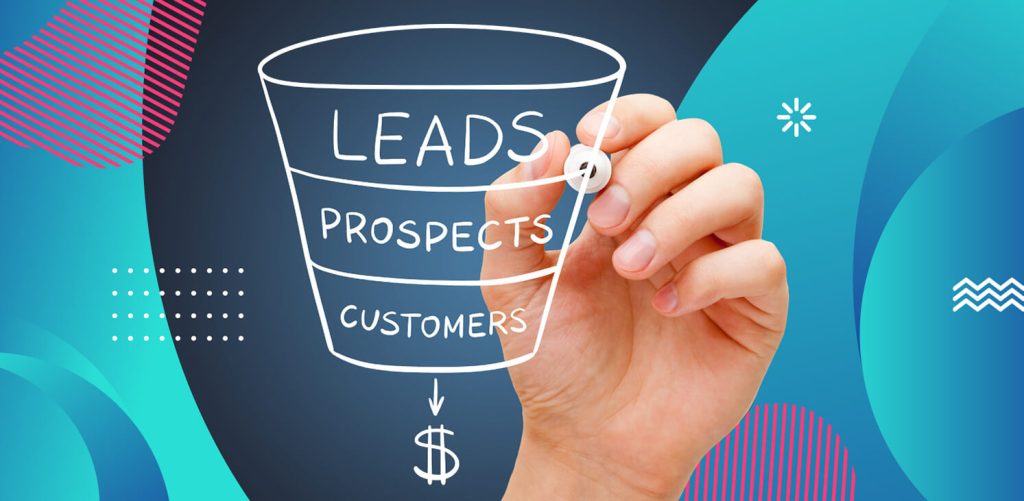In the fast-paced world of business, staying ahead of the competition demands more than just a great product or service. It requires a steady stream of qualified leads, a system to manage them effectively, timely follow-ups, and a commitment to nurturing clients beyond the sale. In this article, we’ll delve into the importance of having the correct inbound lead strategy and explore the various facets that make it an indispensable asset for your business.
Why You Need a Steady Stream of Leads?
Leads are the lifeblood of any business. They represent potential customers who have expressed interest in what you offer. Without a continuous influx of leads, your business can stagnate, and growth becomes elusive. A steady stream of leads not only keeps your sales pipeline full but also provides opportunities for expansion, increased revenue, and brand visibility.
How to Manage Those Leads?
Managing leads effectively is the key to turning them into paying customers. Here’s how you can do it:
Lead Capture: Implement tools like contact forms, landing pages, and social media ads to capture leads. Ensure that your website is user-friendly and optimized for lead generation.
Lead Segmentation: Categorize leads based on factors like demographics, behavior, and interests. This allows you to tailor your marketing efforts and messaging for better results.
Lead Scoring: Assign scores to leads to prioritize follow-up efforts. Highly engaged leads should be contacted promptly, while lower-scoring leads may require more nurturing.
CRM Systems: Utilize Customer Relationship Management (CRM) software to centralize lead information, track interactions, and streamline communication with leads.
The Importance of Following Up on Leads
The saying “fortune favors the bold” holds true in lead management. Prompt and persistent follow-up is essential. Research indicates that following up within the first hour of lead generation increases conversion chances significantly. Timely responses show potential customers that you value their interest and are ready to meet their needs.
How Long It Generally Takes to Follow Up on a Lead and Convert Them to a Sale
The conversion timeline varies by industry and the complexity of the product or service. However, studies suggest that it takes an average of 6-8 touchpoints with a lead before they are ready to make a purchase decision. Patience is key. Consistent, meaningful interactions with leads can build trust and increase the likelihood of conversion.
Nurturing Your Clients After the Sale Happens
Successful businesses understand that the relationship with a customer doesn’t end with a sale; it evolves. Post-sale nurturing is crucial for customer retention and can lead to valuable referrals. Here’s how to do it effectively:
Personalization: . Continue to provide personalized experiences and offers based on their preferences and purchase history.
Communication: Stay in touch through newsletters, emails, and social media to keep clients informed about updates, new products, and promotions.
Customer Support: Offer exceptional post-sale support to address any issues promptly, building trust and loyalty.
Request Feedback: Encourage customers to share their thoughts and feedback. It not only shows you value their opinions but can also provide insights for improvement.
In conclusion, having the correct inbound lead strategy is paramount to your business’s success. It ensures a continuous flow of potential customers, effective lead management, timely follow-ups, and ongoing client nurturing. With the right strategy in place, your business can thrive in a competitive landscape and forge lasting relationships with your customers, ultimately driving growth and profitability.
Contact us today to find out more.


